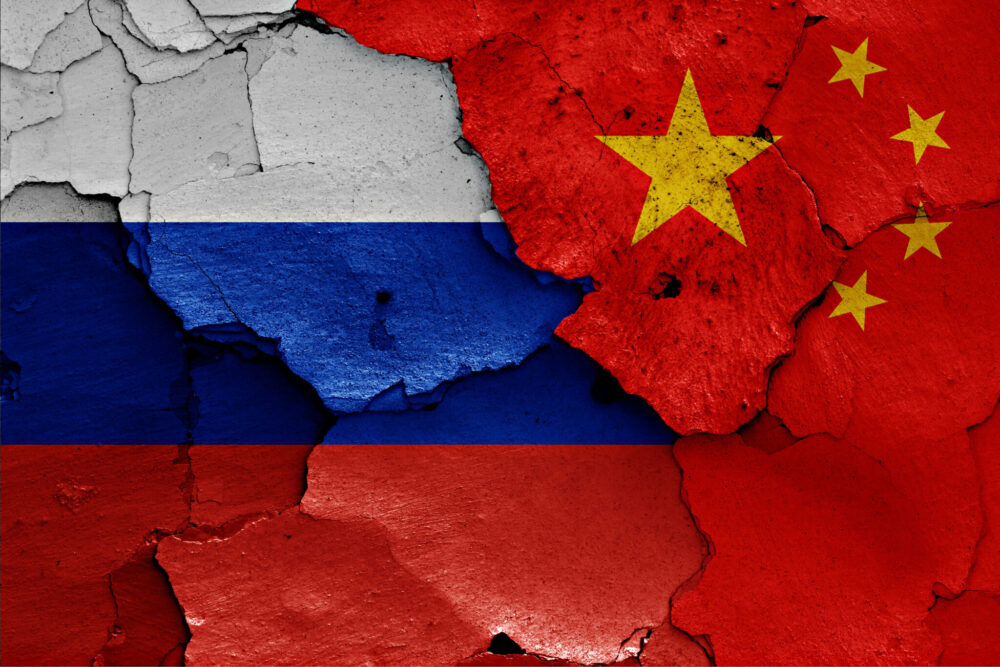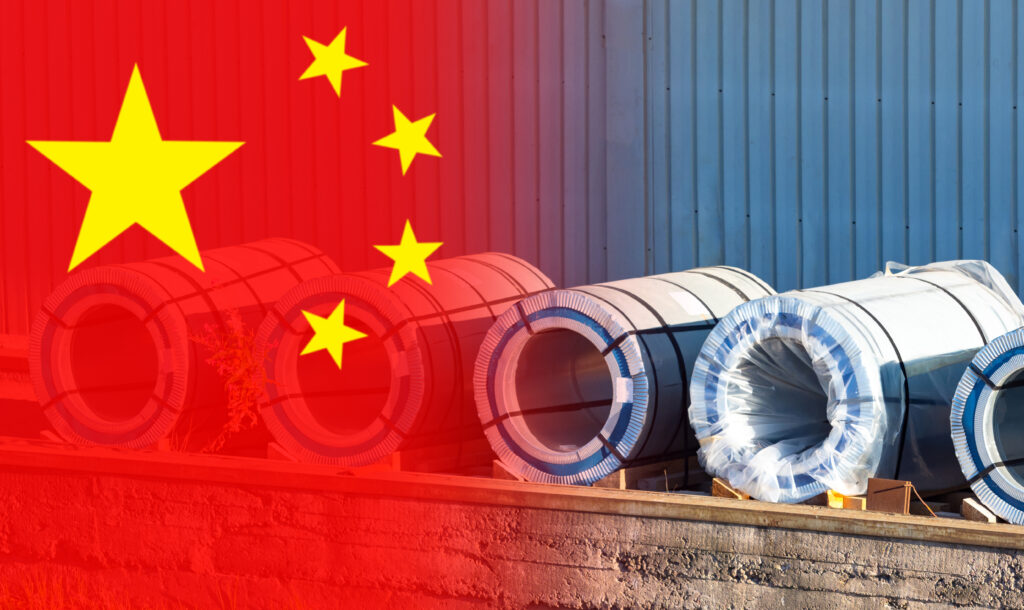Steel Wars: China Floods Russia with Cheap Metal as Sanctions Cripple Kremlin Mills

Ongoing geopolitical conflicts, including one active war, combined with market instability, declining steel demand in certain global regions and a rise in protective tariffs on exporting nations, have all come together to force some steel-producing countries, including China, to reassess and refocus their steel industry supply chains.
Faced with weak domestic steel demand due to a slowdown in economic growth, China’s steel industry has been revising its export roadmap. Its exports of metal alloys to Russia, for example, have grown in value by approximately 16% in the first five months of 2025 compared to a mere 1.3% in 2024. According to this report, the export list mainly includes stainless and specialty steel types not made in Russia. However, in several areas, standard construction-grade steel imports from China have also begun to make inroads.
Get out in front of steel price volatility and safeguard your sourcing budget with strategic weekly intel on global steel trends by opting into MetalMiner’s weekly newsletter.
Steel Production in Russia Declining
Media reports seem to suggest that the steel production in Russia is coming down because of the sanctions imposed following its invasion of Ukraine. According to a World Steel report, steel production in Russia decreased by 7% year-over-year to just over 70 million tons in 2024. Across the Russian steel industry, firms have curtailed production between 8% and 14%.

When sanctions were imposed on the ground, Russia did re-route its steel supplies to the Middle East and North Africa (MENA), China and even India to try and overcome the loss of the EU and U.S. markets. However, in the subsequent years, the Chinese market began to fade for the Russian Federation. By 2024, shipments of ferrous metals to China had nearly halved.
Simultaneously, Russian steel mills found themselves having to contend with the cheap steel that China started sending to Russia to counter its own steel problems. Now, the latter’s efforts to export its steel to MENA countries have also started to fizzle out.
Need clarity on fluctuating steel costs that impact your bottom line? MetalMiner’s Monthly Metals Index Report provides detailed price trends for 10 metal sectors, including copper, stainless steel, aluminum and nickel.
The Chinese Game
While the impact on Russia is important, this story is more about China. If you were to look at it in a different way, both nations are jostling for space in the global steel business. However, the Kremlin is at a disadvantage because of the sanctions. China, on the other hand, enjoys the benefits of being the world’s largest producer and consumer of steel.
For now, China is making a concerted effort to find new customers, especially since local buyers and former export partners are simply not purchasing steel at the same rate as they were a few years ago. More recently, Beijing has turned to Asian and Southeast Asian markets for dumping its steel until some of them retaliated with tariffs, just like the U.S.

As of now, this strategy has kept Chinese steel metrics at some kind of level. However, some sector experts believe overall Chinese consumption, including steel exports, will eventually drop either by the end of 2025 or next year.
Desire precision pricing without unnecessary expenses? Purchase only the metal price points you need with MetalMiner Select, ensuring your procurement strategy is cost-efficient.
China’s Steel Industry Still Prioritizing Exports
According to Reuters, exports of Chinese steel products were up by 1.15% from April to May and about 10% from the year before. This helped the steel industry reach a seven-month high of 10.58 million tons. Reasons for higher exports were a mixed bag, with tariff hike fears being one of them.
Between Jan-May 2025, China’s steel exports were a record high of just about 48 MT, which is an increase of 8.9% year on year. Meanwhile, imports decreased by about 16% year on year in the first 5 months of 2025, reaching just 2.55 MT.

Russia is one of the few destinations where China is pushing its steel at lower prices, hoping things will continue to improve on the export front. Fueling the export rise are factors like weak domestic demand within China itself, Russia’s lack of expertise in making specialized steel products and, of course, the cheap price of Chinese steel.
Some Countries Are Growing Tired of China’s Game
How long China’s export gambit will keep it on level in the steel game remains to be seen. Even countries like Vietnam and India have either imposed additional duties or will soon. Others, like Japan, are toying with the idea. For example, in late 2024, Japanese steel industry leader Nippon Steel had to publicly request that the Japanese government impose protective tariffs on Chinese steel exports.
Do you use cost breakdowns in your steel negotiations? See other tips in negotiating with mills and service centers.
